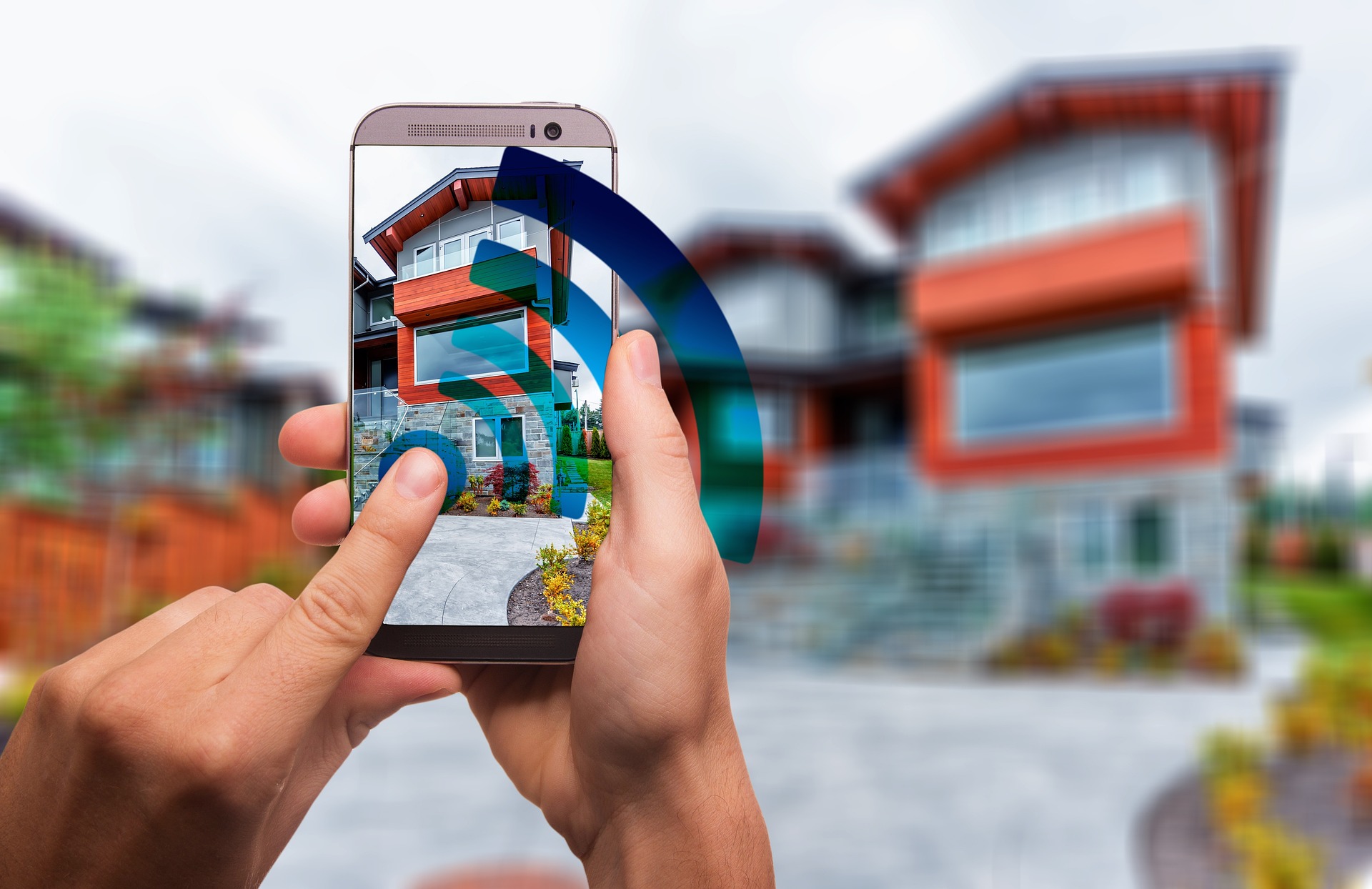Virtual Reality Home Tours: Reshaping Real Estate Transactions
The real estate industry is witnessing a transformative shift as virtual reality (VR) technology revolutionizes the way properties are showcased and purchased. With 63% of home buyers making offers sight unseen in 2020, according to a Redfin survey, the adoption of VR tours has accelerated, promising to redefine the entire real estate transaction process. This innovative approach not only saves time and resources but also expands market reach, offering a glimpse into the future of property viewing and acquisition.

VR home tours allow potential buyers to explore properties in immersive 3D environments, providing a sense of space and layout that flat images simply cannot convey. This technology enables users to navigate through rooms, examine details, and even visualize potential renovations or furniture placements, all from the comfort of their own homes.
The Technology Behind VR Home Tours
At the heart of VR home tours lies sophisticated imaging technology. High-resolution 360-degree cameras capture every angle of a property, while specialized software stitches these images together to create a seamless virtual environment. Advanced VR platforms incorporate features like hotspots, which provide additional information about specific areas or features of the property.
Some systems even utilize artificial intelligence to generate realistic 3D models from 2D floor plans, allowing for virtual staging and customization. This technology not only enhances the viewing experience but also provides valuable tools for real estate professionals to showcase properties in their best light.
Benefits for Buyers and Sellers
For buyers, VR tours offer unprecedented convenience and efficiency. They can view multiple properties in a single day without leaving their homes, significantly narrowing down their options before scheduling in-person visits. This is particularly beneficial for long-distance buyers or those with limited time for property hunting.
Sellers, on the other hand, benefit from increased exposure to a wider pool of potential buyers. VR tours can attract interest from across the globe, potentially leading to faster sales and higher offers. Additionally, the technology reduces the need for frequent in-person showings, minimizing disruption to the seller’s daily life.
Impact on Real Estate Professionals
Real estate agents and brokers are finding new ways to leverage VR technology to enhance their services. By offering virtual tours, agents can pre-qualify leads more effectively, focusing their efforts on serious buyers. This technology also allows agents to conduct remote property showings, expanding their geographical reach and client base.
However, the rise of VR tours also presents challenges for real estate professionals. As buyers become more self-sufficient in their property search, agents must adapt their roles to provide value beyond simple property access. This may involve offering more in-depth market analysis, negotiation expertise, and personalized property recommendations.
Challenges and Limitations
While VR home tours offer numerous advantages, they are not without limitations. The technology requires significant initial investment, which may be prohibitive for some sellers or smaller agencies. Additionally, the virtual experience, while immersive, cannot fully replicate the sensory aspects of an in-person visit, such as the feel of natural light or subtle neighborhood sounds.
There are also concerns about the potential for misrepresentation or manipulation of virtual environments. As the technology advances, industry standards and regulations may need to evolve to ensure fair and accurate representations of properties in virtual tours.
The Future of VR in Real Estate
As VR technology continues to advance, its applications in real estate are likely to expand. Future developments may include haptic feedback systems that allow users to “feel” textures and surfaces, or augmented reality overlays that provide real-time information about neighborhood amenities and property history.
The integration of VR with other emerging technologies, such as blockchain for secure transactions and artificial intelligence for personalized property recommendations, could further streamline the real estate process. This convergence of technologies has the potential to create a more transparent, efficient, and accessible real estate market for all participants.
Preparing for the VR-Driven Real Estate Landscape
As VR home tours become increasingly prevalent, stakeholders in the real estate industry must prepare for this shift. Property developers and sellers should consider incorporating VR-ready content into their marketing strategies. Real estate professionals need to familiarize themselves with VR technology and develop skills to effectively utilize these tools in their practice.
Buyers, too, should embrace this technology, understanding its benefits and limitations. While VR tours can significantly enhance the property search process, they should be viewed as a complement to, rather than a replacement for, in-person visits when making significant investment decisions.
Conclusion
Virtual reality home tours represent a significant leap forward in real estate technology, offering a blend of convenience, efficiency, and immersive experience. As the technology matures and becomes more widespread, it has the potential to fundamentally alter the dynamics of property transactions. By embracing this innovation, all parties involved in real estate can benefit from a more streamlined, accessible, and globalized market. The future of property viewing and purchasing is here, and it’s virtual.





